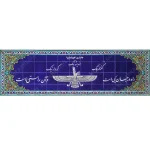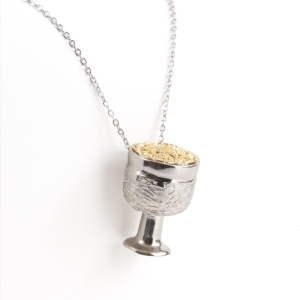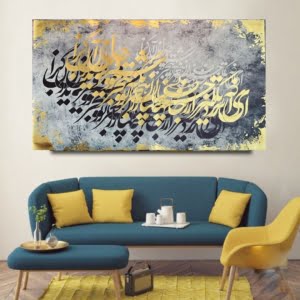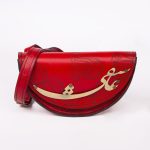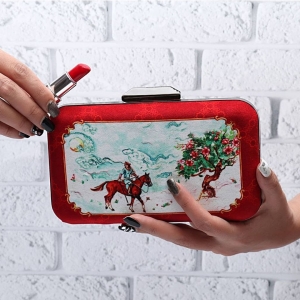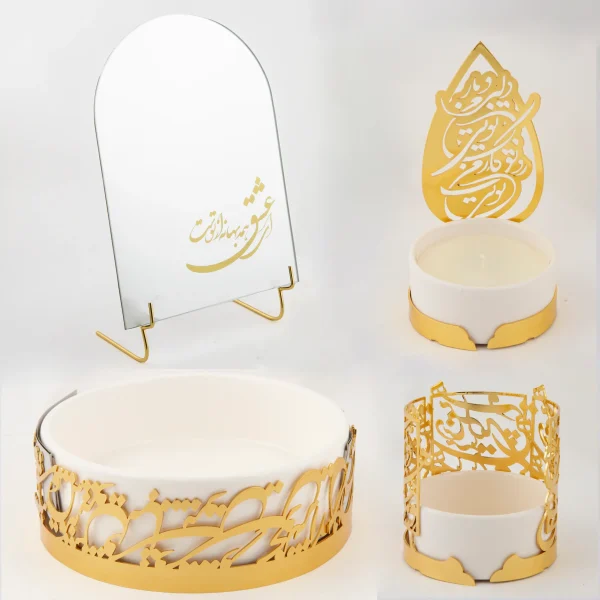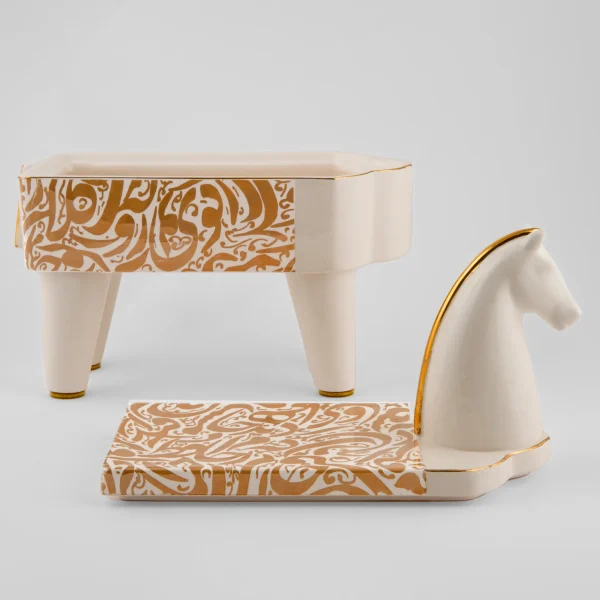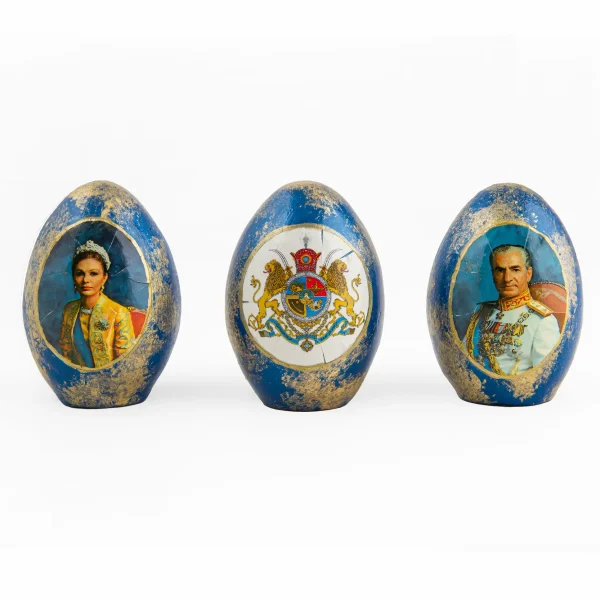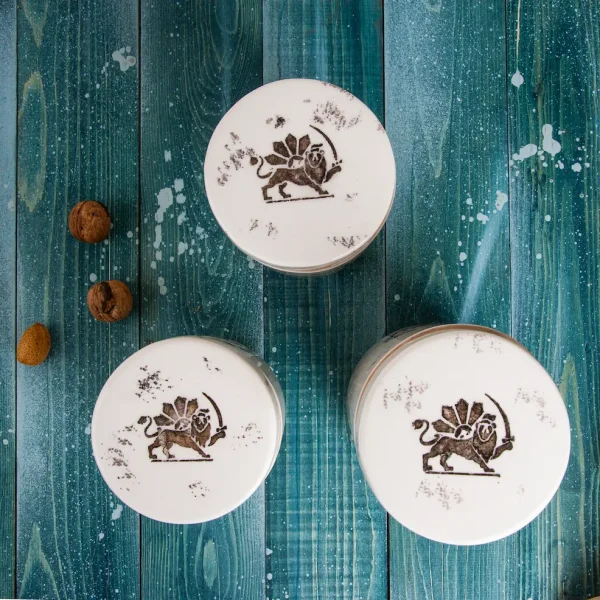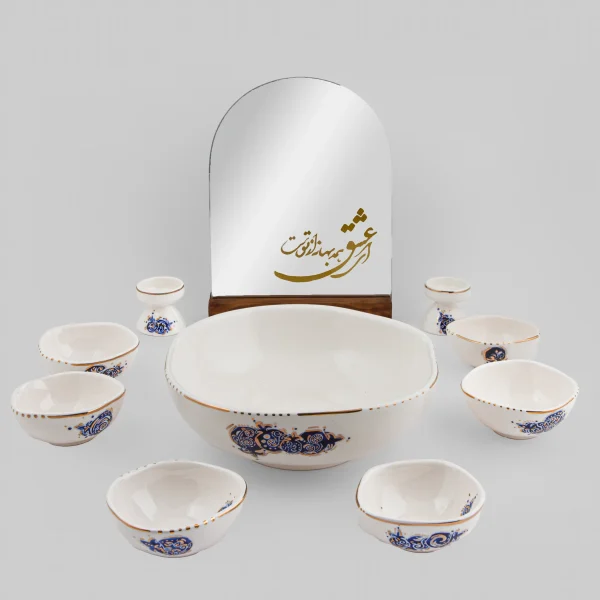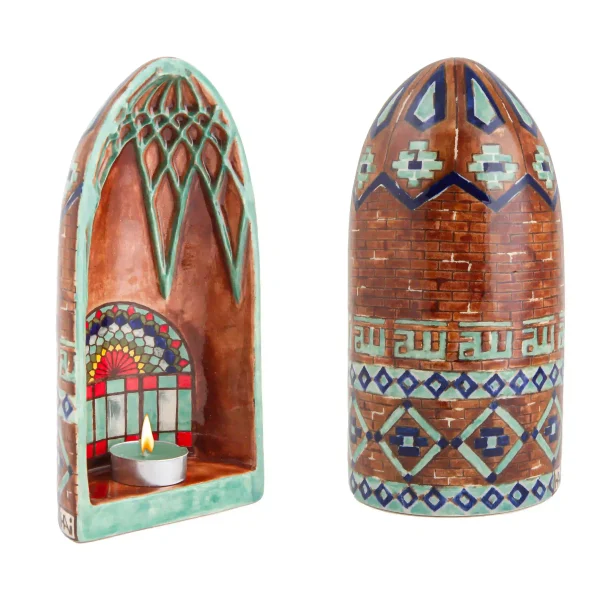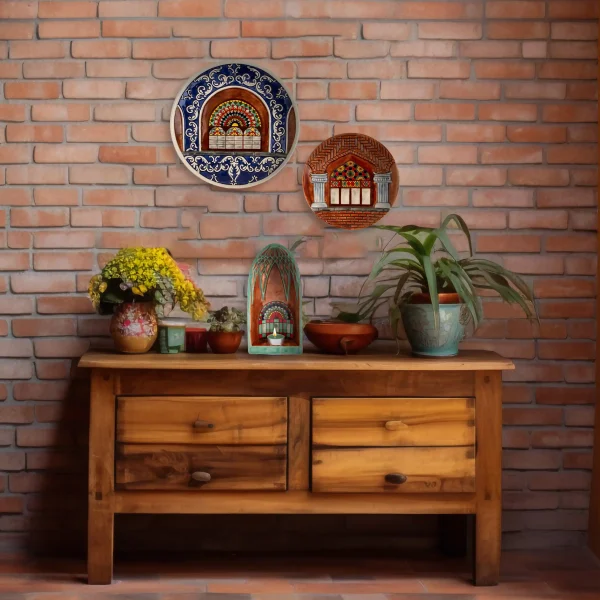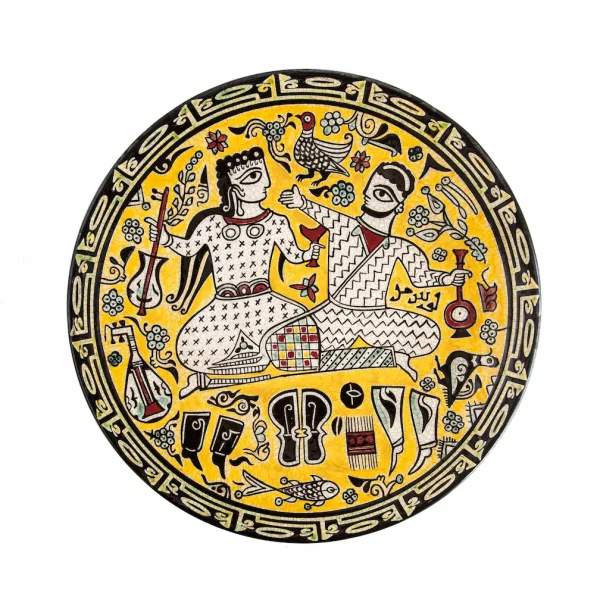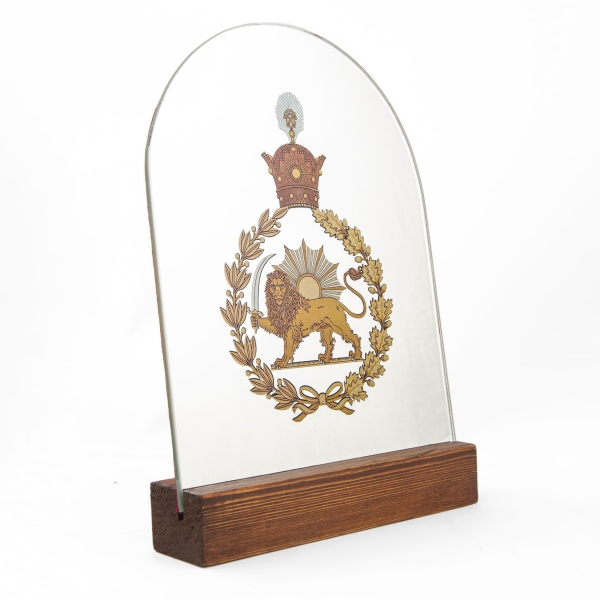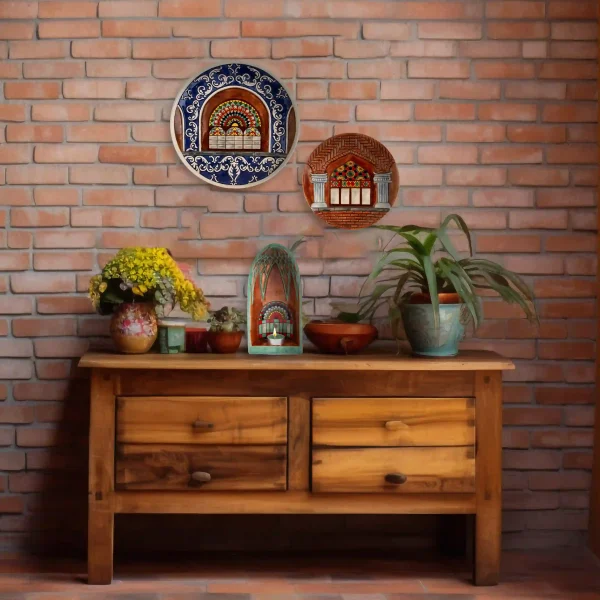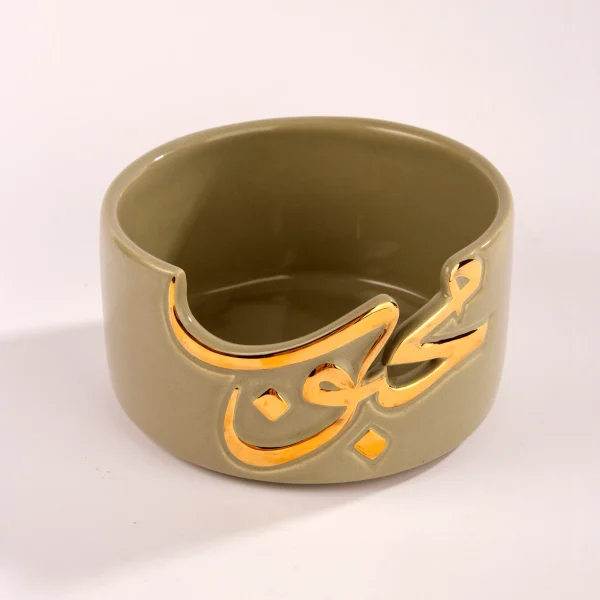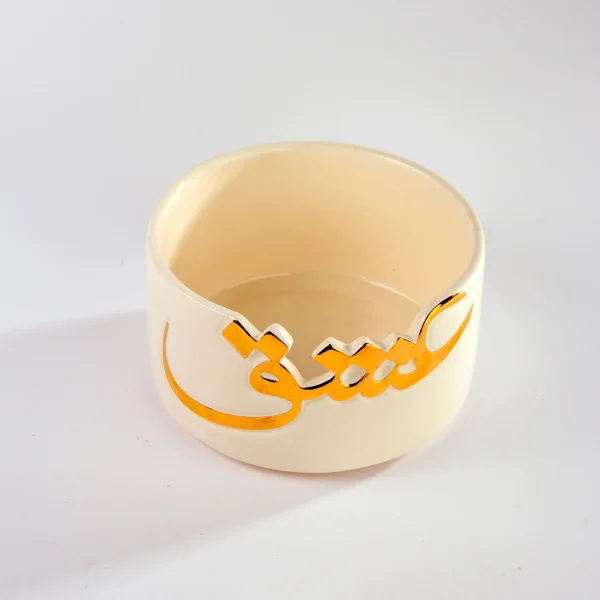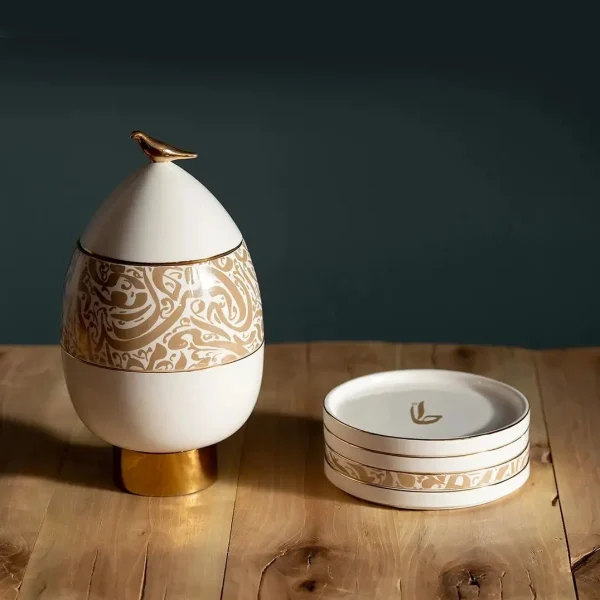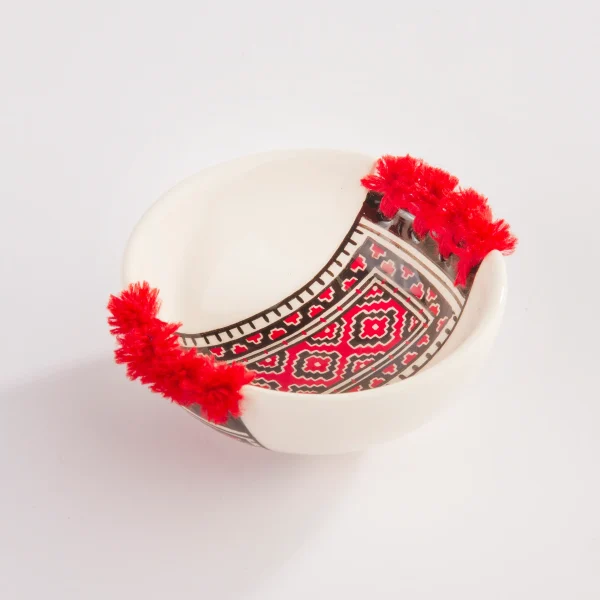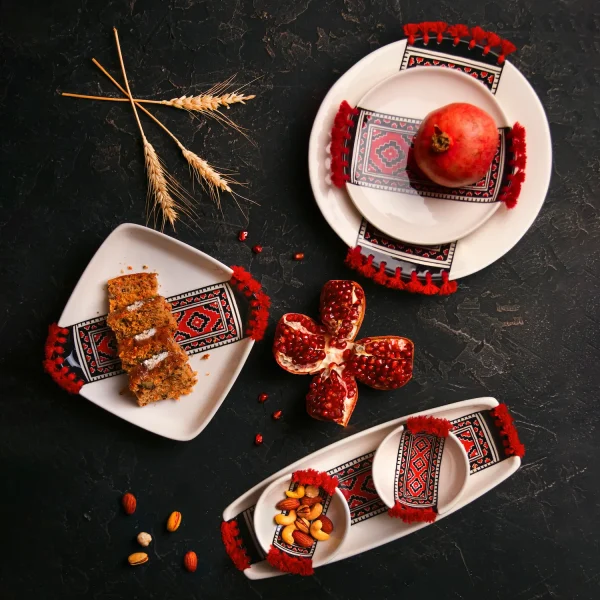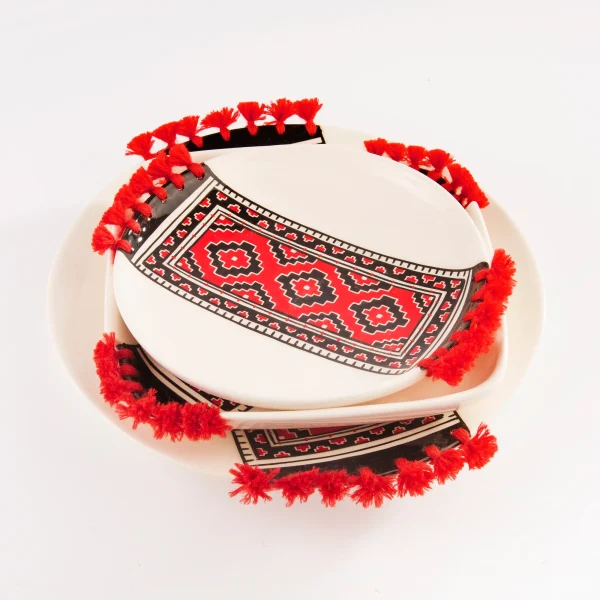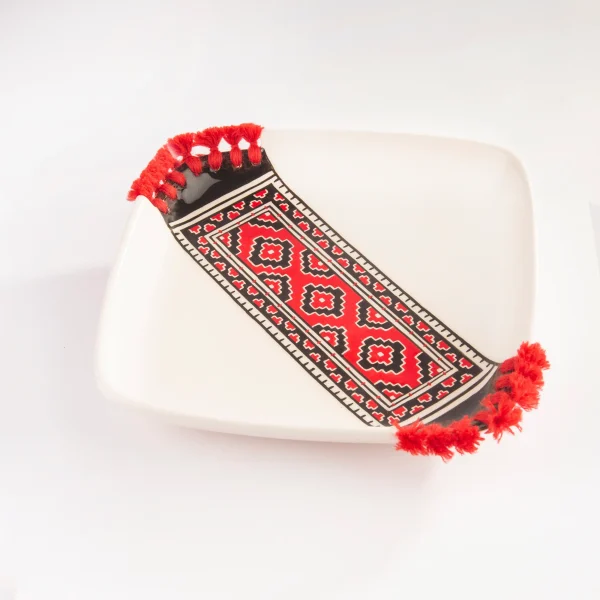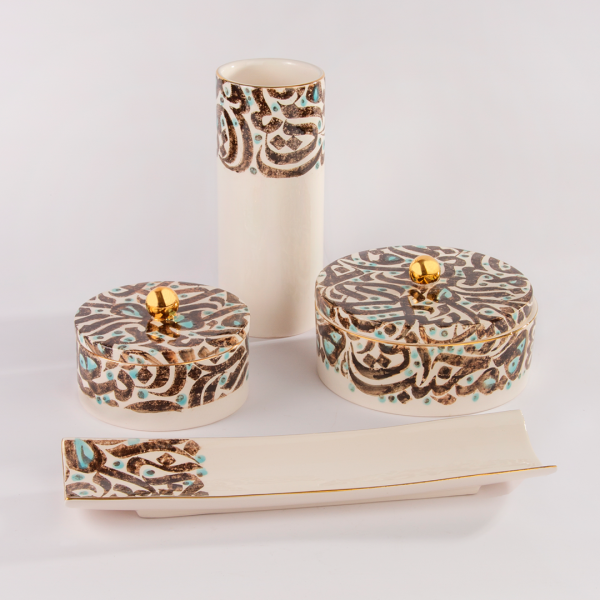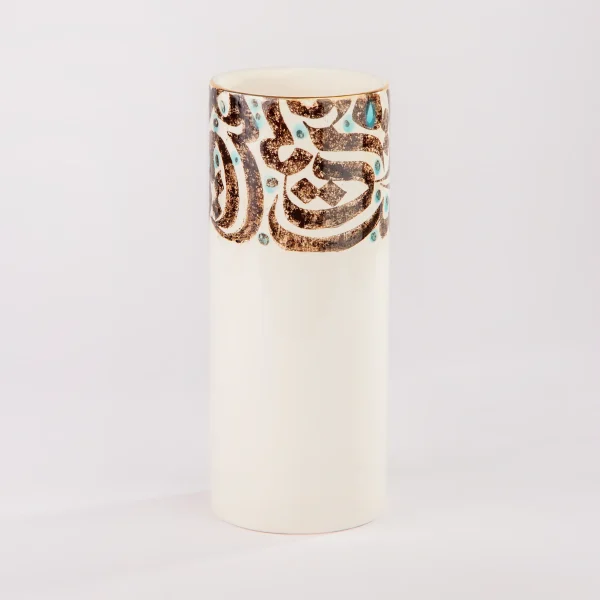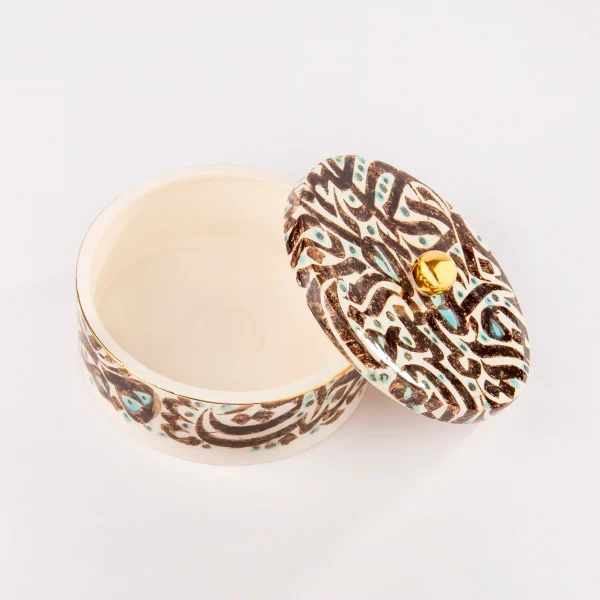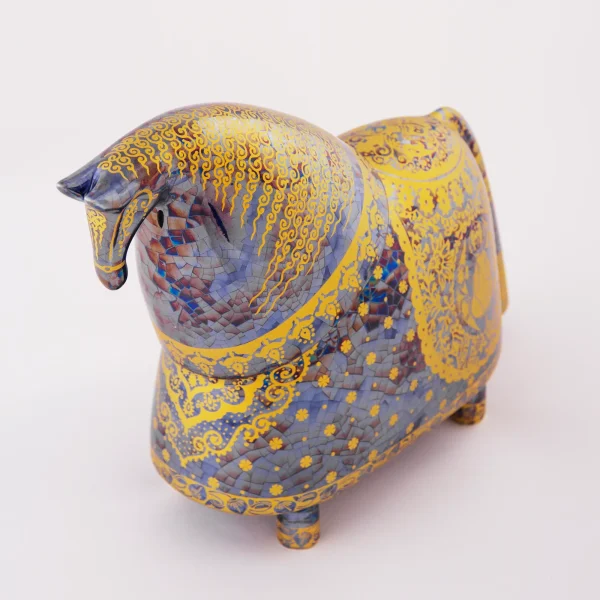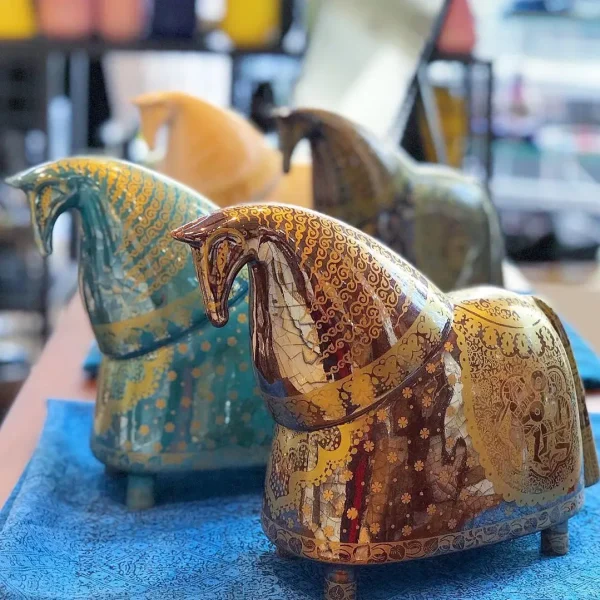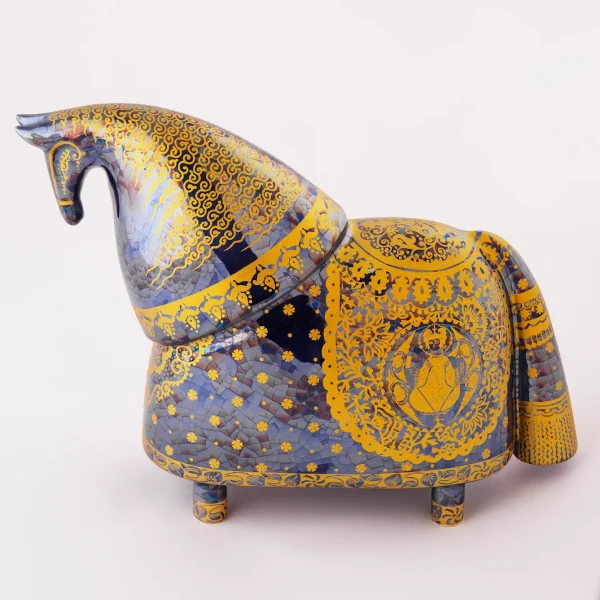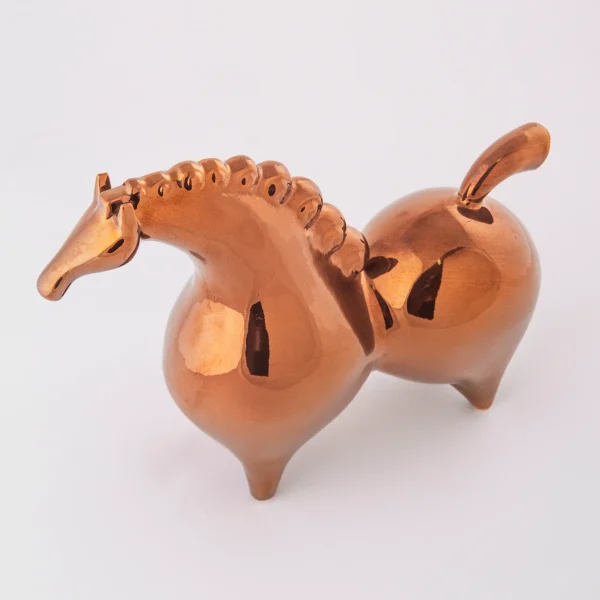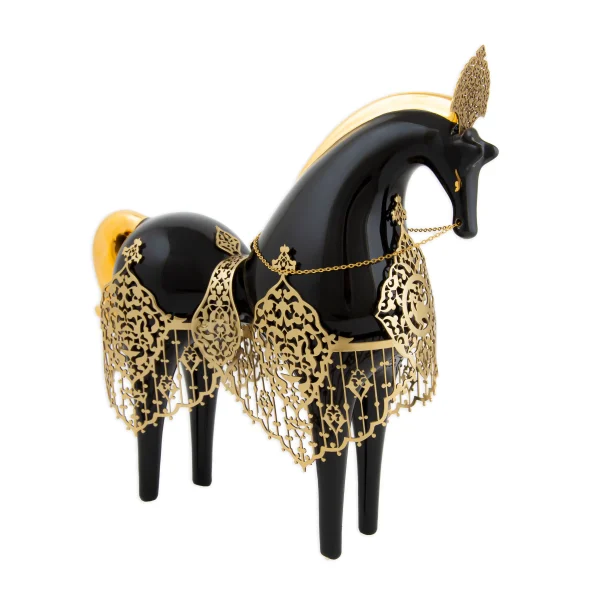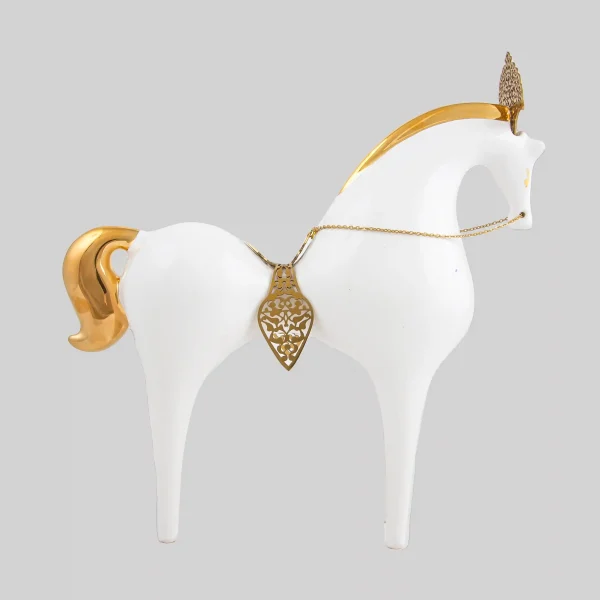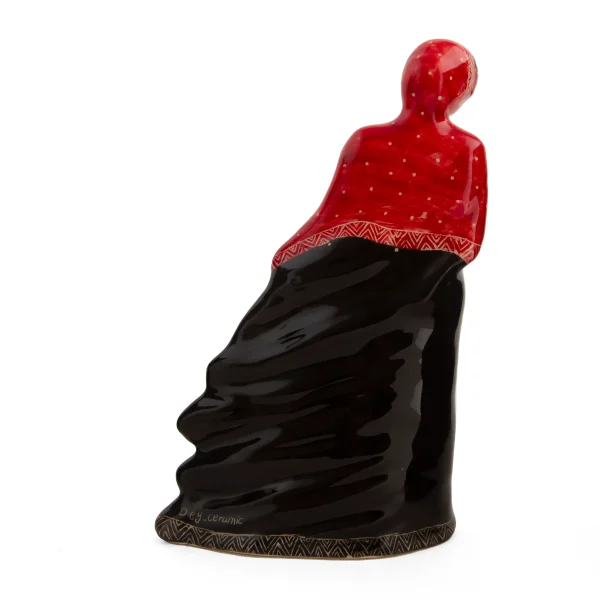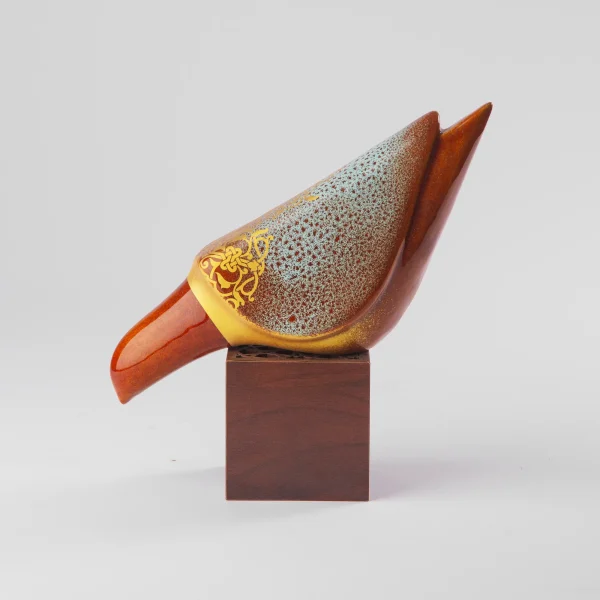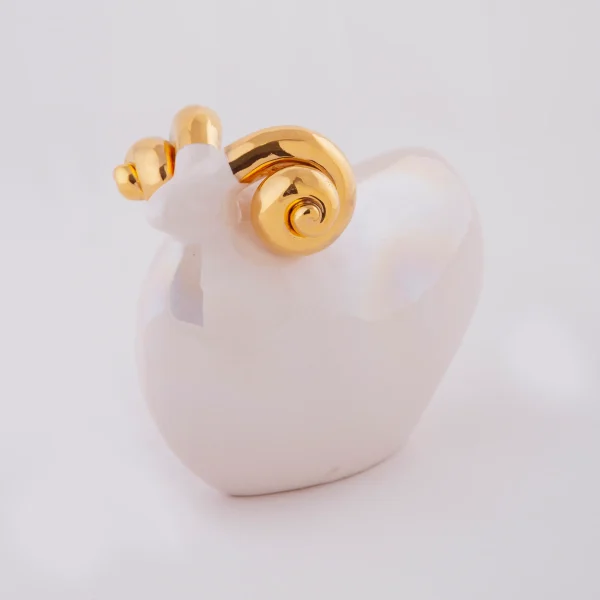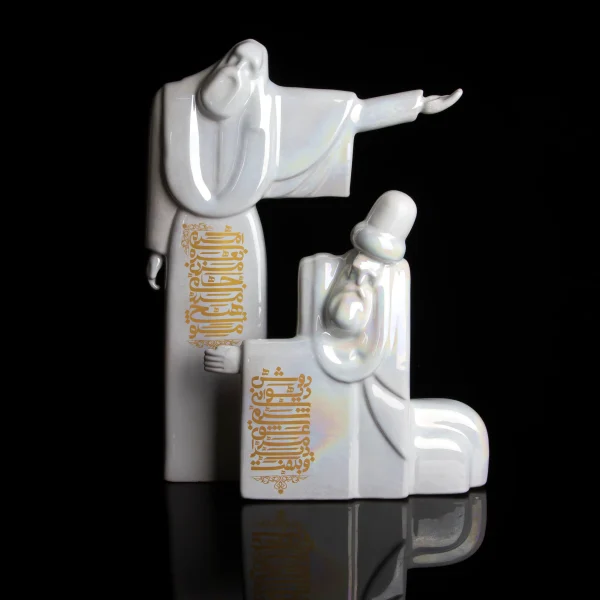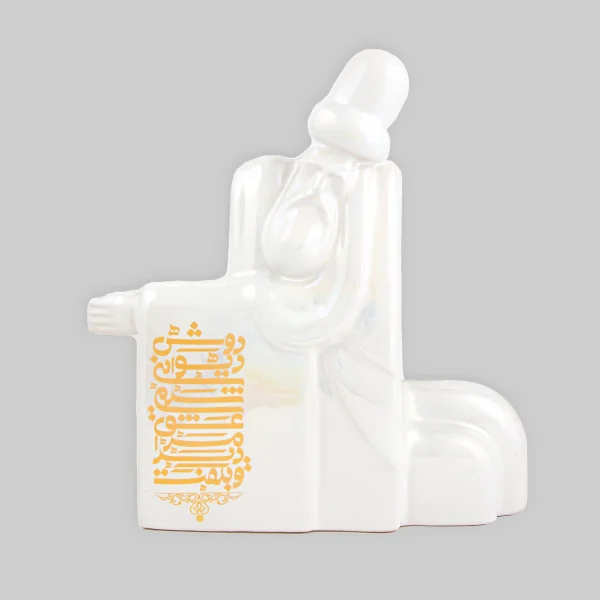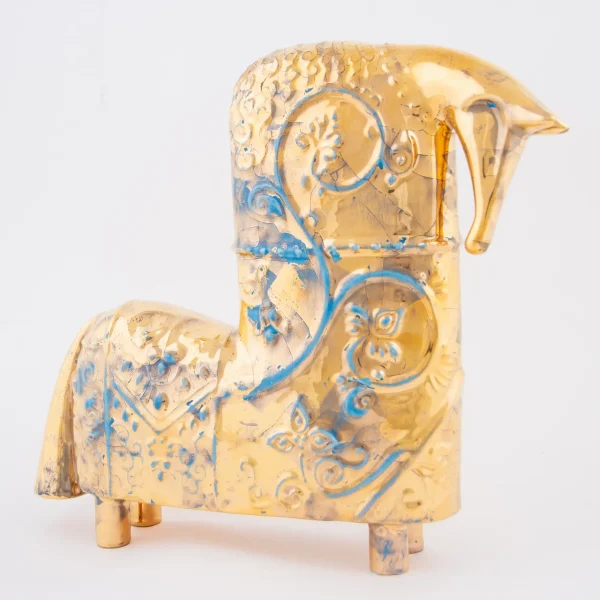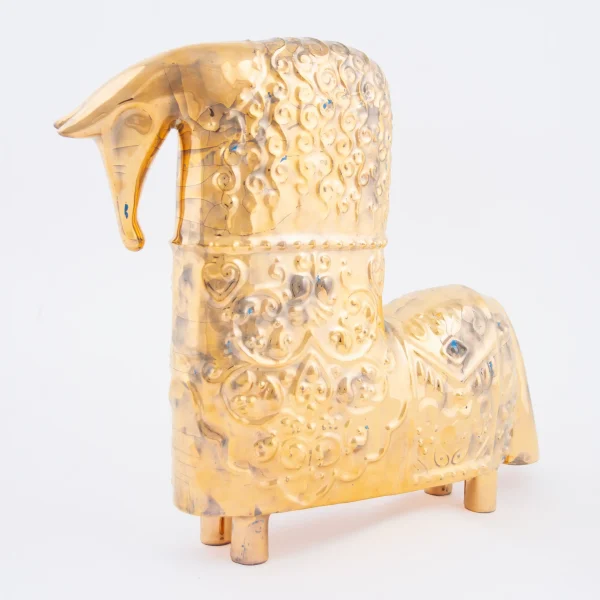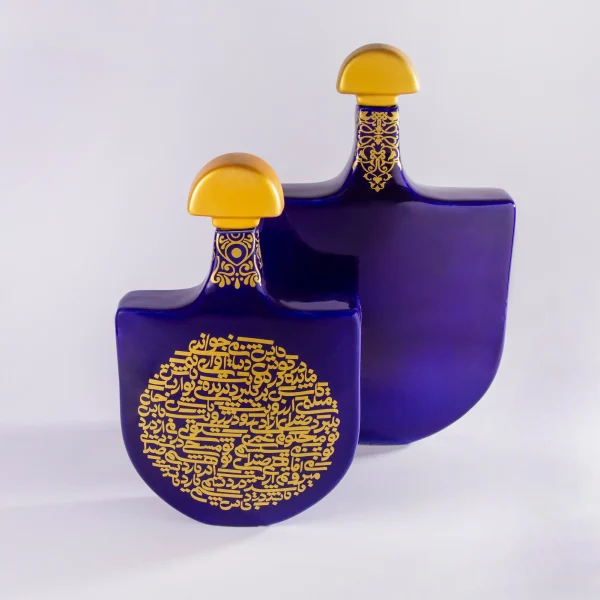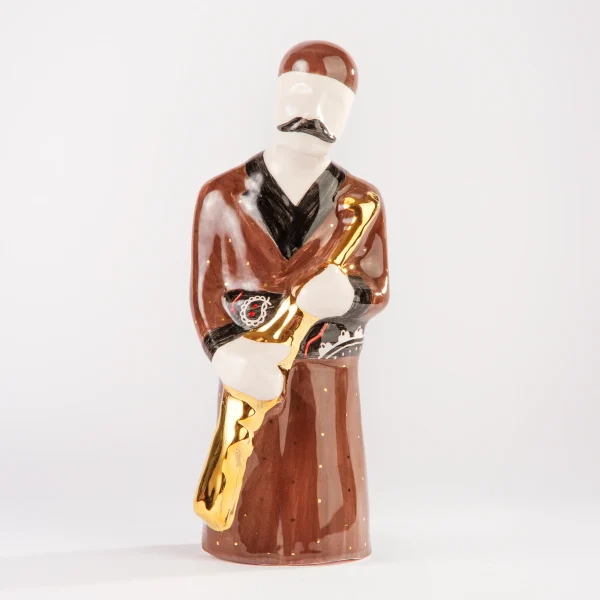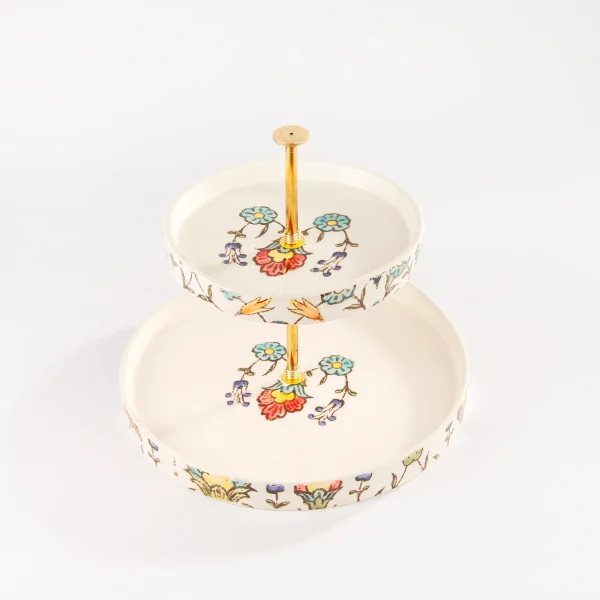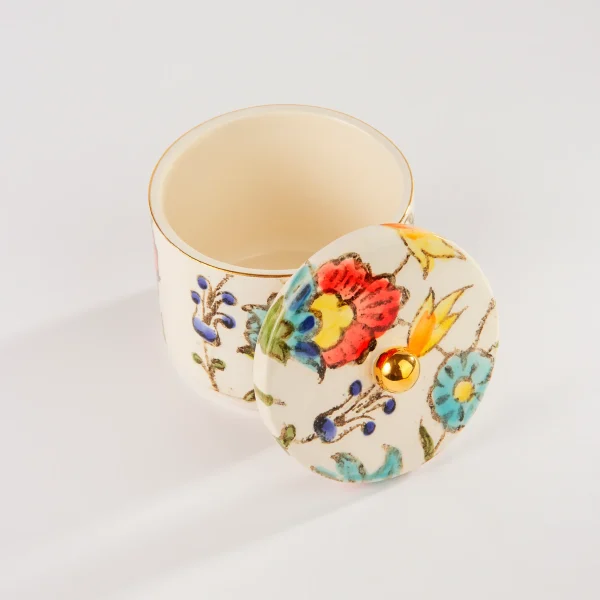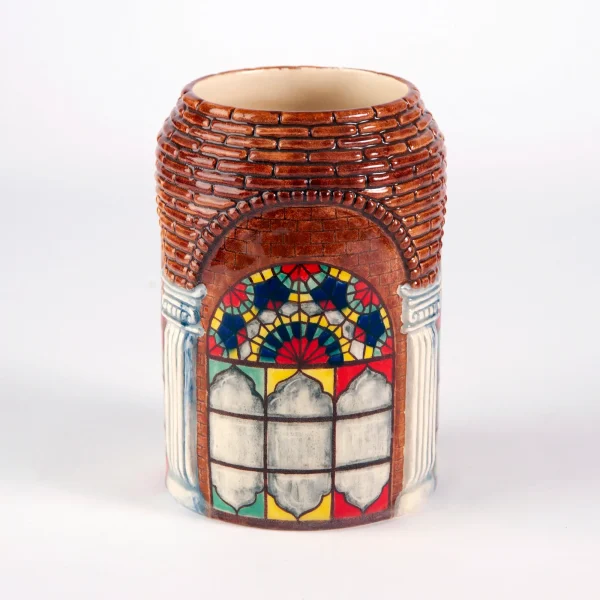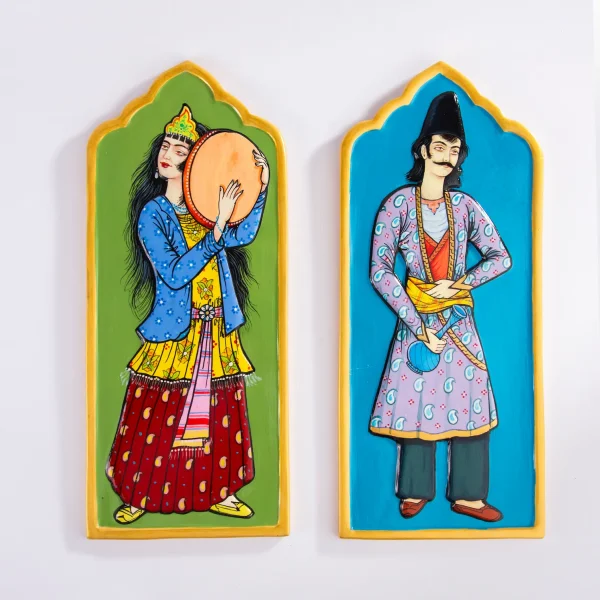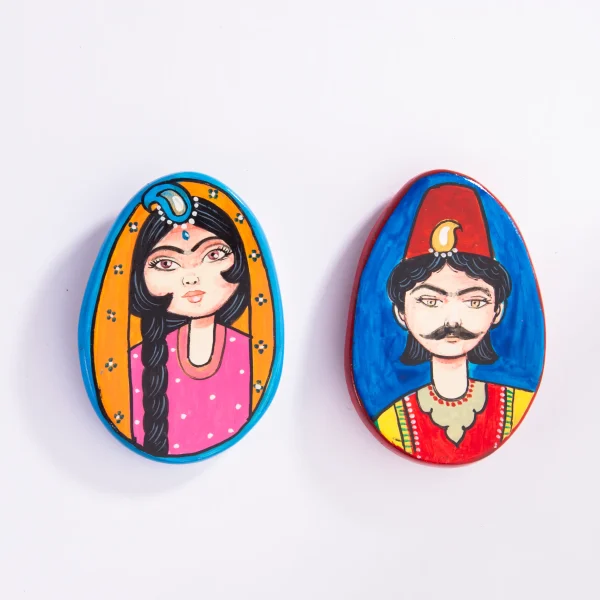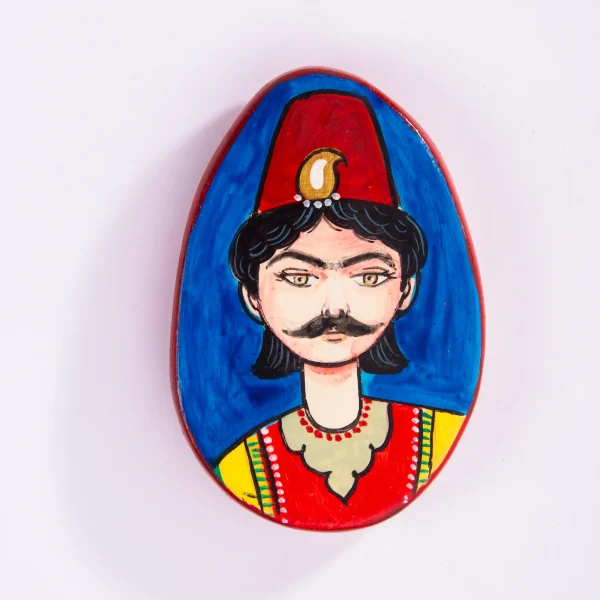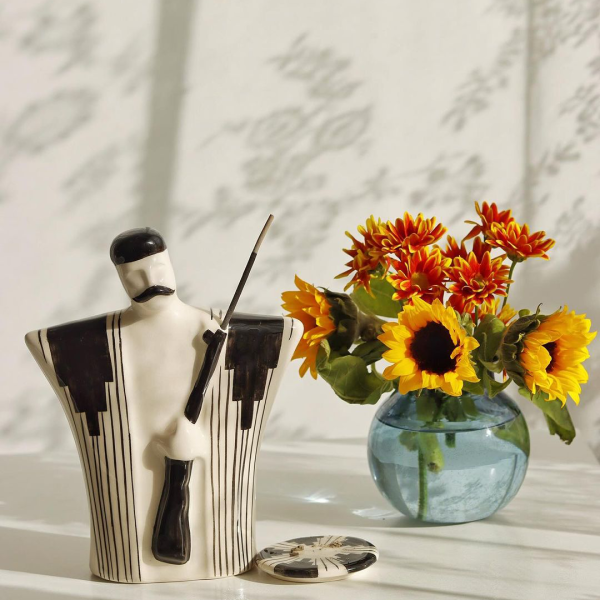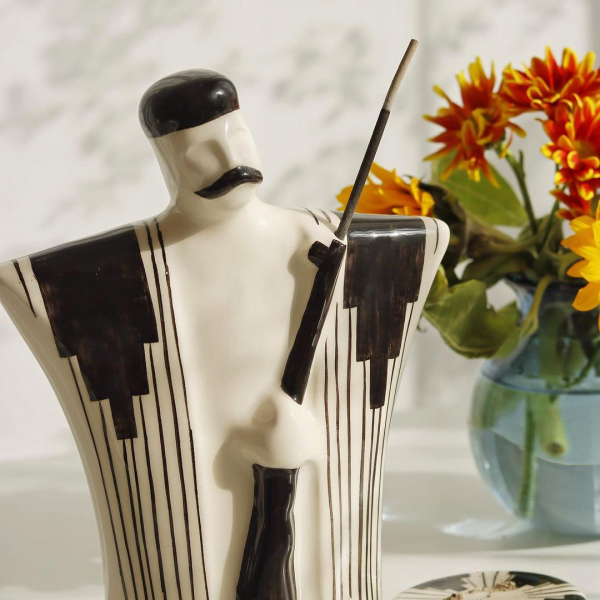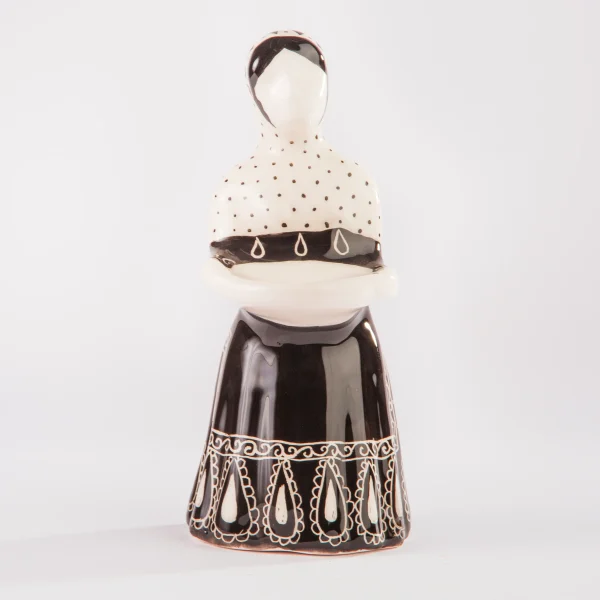Ceramic Art
Royal Pahlavi Persian Ceramic Egg Set
Original price was: $21.76.$17.92Current price is: $17.92.Add to cartPersian Hemedan Handmade Ceramic Bowl
$32.00 – $57.60Select options This product has multiple variants. The options may be chosen on the product pagePersian Kilim Dinner Serving Plates – Elegant Design
$32.00 – $44.80Select options This product has multiple variants. The options may be chosen on the product pageCalligraphy Art Tableware Set – Elegance Persian Design
$51.20 – $128.00Select options This product has multiple variants. The options may be chosen on the product pageShah Abbasi Floral Ceramic Set – Elegant Persian Design
$57.60 – $179.20Select options This product has multiple variants. The options may be chosen on the product pageTimeless Persian Ceramic Set – Traditional Design
$32.00 – $192.00Select options This product has multiple variants. The options may be chosen on the product pageAbout Persian ceramic art
Persian Ceramic Art is an inorganic non-metallic solid that is composed of metallic or non-metallic compounds and is formed by heating at high temperatures and then hardening. In general, Persian Ceramic Art is hard, brittle, and corrosion-resistant material. Common examples are pottery, china, and brick.
The crystallinity range of Persian Ceramic Art materials varies from fully oriented to quasi-crystalline, glassy, and sometimes even completely molded (glass, for example). In most cases, baked ceramics are glass or semi-glass, as is the case with pottery, heavy utensils, and porcelain. The variability of crystallization and electron composition in ionic and covalent bonds means that most ceramic materials are good thermal and electrical insulators (extensive research has been done in ceramic engineering). With such a wide range of possible options for the composition or structure of a ceramic (e.g., almost all elements, almost all types of bonds, and all levels of crystallization), the subject range of ceramics is very wide, and identifiable characteristics (e.g. hardness, stiffness, electrical conductivity) Etc.) is difficult for the whole group.
Ceramics generally have properties such as high melting temperature, high hardness, poor conductivity, high modulus of elasticity, high chemical resistance, and low ductility, but there are exceptions (eg piezoelectric ceramics, glass transition temperature, superconducting Persian Ceramic Art, and Other). Many composites such as fiberglass and carbon fiber, although containing ceramics, are not part of the ceramic family.
The first man-made ceramics were pottery (such as vases or utensils) or sculptures made of clay, which, either by themselves or mixed with other materials such as silica, were fired and hardened in a fire.
Persian Ceramic Art was later glazed and baked to create smooth, colored surfaces and to reduce porosity by using glass and amorphous ceramic coatings on crystalline ceramic art substrates. Ceramics today include household, industrial, and construction products, as well as There, is a wide range of Ceramic Wall Art arts. In the twentieth century, new ceramic materials were developed for use in advanced ceramic engineering, such as semiconductors.
The word “ceramic” comes from the Greek word κεραμικός (Keramik’s), meaning “pottery” or “for pottery”, [5] and it comes from κέραμος (keramos), meaning “potter, Persian tiles, pottery”. Known as the root “ceram” from the Greek-Micah word ke-ra-me-we, meaning “ceramic workers”, it is written with the syllable line “b”. The word “ceramic” may be used as An adjective is used to describe a substance, product, or process, or it may be used as a noun, singularly, or as a plural noun.








